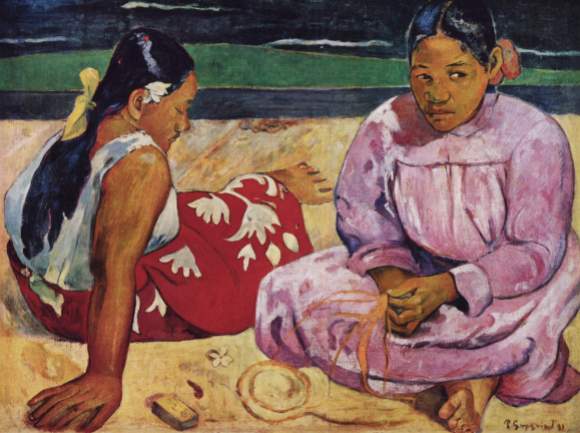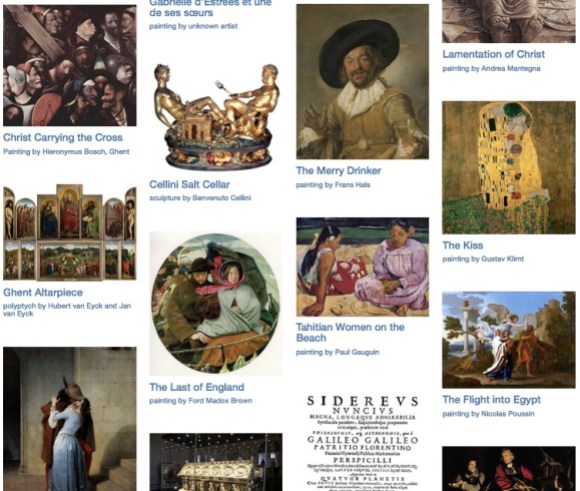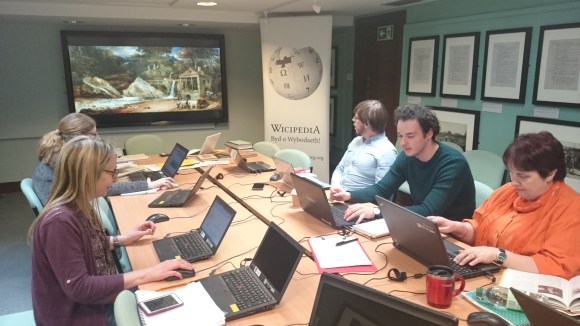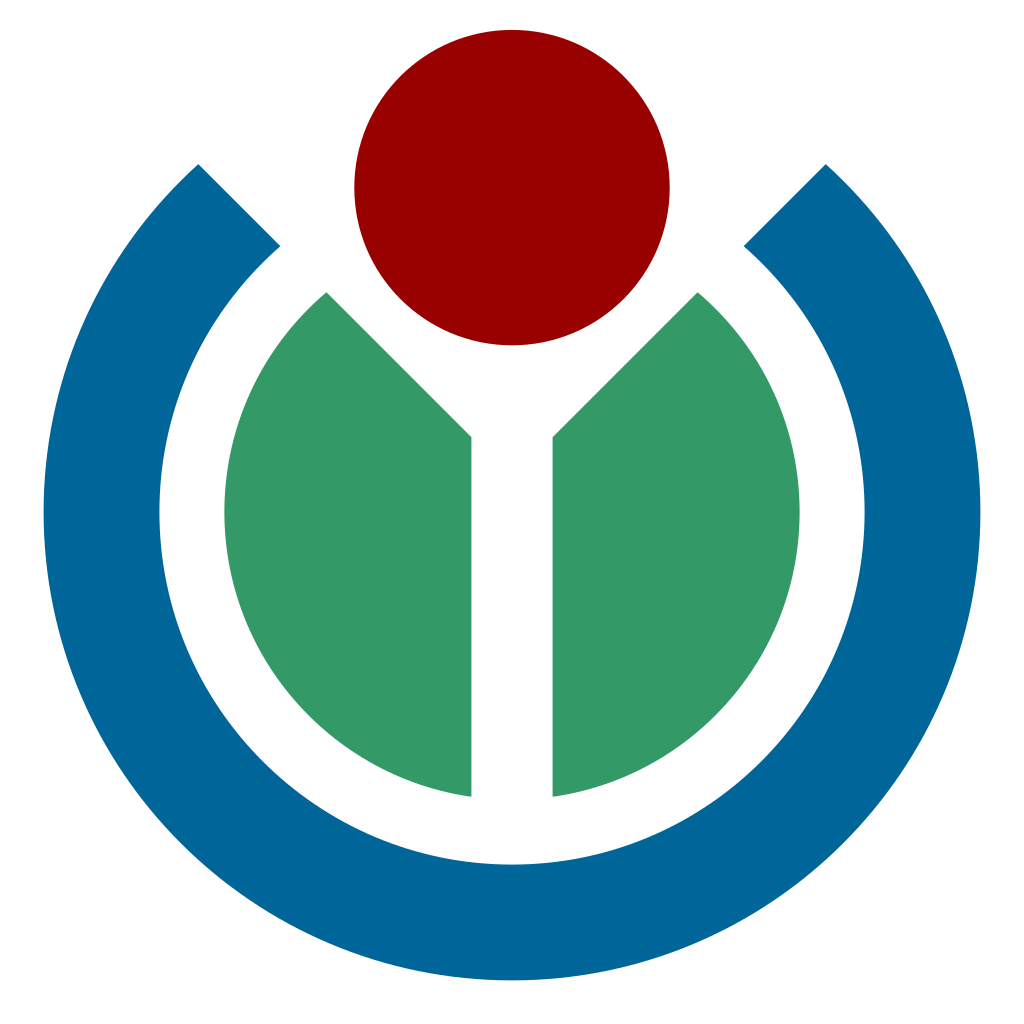
This weekend, Europeana, a long-time Wikimedia ally in open culture in Europe, launched a major Wikipedia article translation and Wikidata improvement challenge—the Europeana Art History Challenge. As part of their newly launched Art History collection, the Ministries of Culture of every European Union nation selected 10 high value artworks from their country’s museums to highlight. These 300 works from across the continent form a fascinatingly diverse list, ranging in style, period, medium—everything from contemporary Irish sculpture to ancient Spanish cave-art via Latvian landscape paintings and Bulgarian illuminated manuscripts. The Wikimedia challenge is to try to bring as many of these works into as many of those countries’ national and regional-language Wikipedias as possible.
Only three days into this six-week competition, the clear leader so far is is French Wikimedian Nicolas Vigneron. He has already added hundreds of descriptions to the artworks’ Wikidata entries in Breton, a language of the Brittany region of France and considered “severely endangered” by UNESCO.
“The first article on my to-do list is Tahitian Women on the Beach by Paul Gauguin, who painted a lot about Brittany and spent some time here. I like how his painting is modern while the subject is traditional; it’s a bridge that reminds me of the Wikimedia project: a 21st century digital tool for the 18th century spirit of the Enlightenment.”

Looking at the work already done, there are several different ways that Wikimedians have chosen to participate. Some are focusing on adding structured data statements (such as artwork dimensions) and translated descriptions to as many items as possible. Some focus on writing high quality articles about their own country’s chosen 10 artworks in the local language Wikipedia(s).
But as the contest progresses, more focus will inevitably shift towards translating—and therefore learning about—each others’ works and their art history. What better way to represent “unity in diversity”, the motto of the European Union, than Wikimedians simultaneously writing about each other’s artworks in their local languages. For example, the Saliera, one of the masterpieces of the Kunsthistorisches Museum, was made by Italian goldsmith Benvenuto Cellini for a French king, is now in an Austrian museum and, as of yesterday and because of this competition, has a Wikipedia article in Armenian.
Other early successes include: a painting of The fountain of youth (1546) by German Lucas Cranach, in the Czech Wikipedia; a portrait by Swedish artist Hanna Pauli of her Finnish friend Venny Soldan-Brofeldt made in France and now in the Swedish Wikipedia; and the unusual Pornocrates (also known as The lady with the pig) by Belgian artists Félicien Rops (1878) now in the English Wikipedia.
The project is “based” on Wikidata, and improving the quality of the metadata there about these works, their artists, genres etc. is just as much a part of this competition as are the translations on Wikipedia. For many Wikipedians, this project might be their first time editing Wikidata. This challenge is also the first time that the Content Translation tool has been integrated into a campaign, which required adding new functionality to the system, building on the power of Wikidata. For example, translating an article about one of the 10 artworks selected by Spain, you are now able to to choose your preferred “source language” for translation from among, potentially, many. You can investigate the full list of artworks to see what currently exists in which language.
Click a flag or the map to see which artworks have been selected by the participating counties, or see the full list of national and regional European languages involved. There are descriptions of points and the prizes available, and Wikimedians coming from countries or languages not represented in the European Union can also participate if they wish.
Sign up, spread the word, start translating, and register your points to win prizes!
Liam Wyatt/Wittylama, GLAMwiki coordinator
Europeana
The views expressed in this post are not necessarily those of the Wikimedia Foundation or Wikipedia; responses and critical commentary are invited in the comments section below.


Can you help us translate this article?
In order for this article to reach as many people as possible we would like your help. Can you translate this article to get the message out?
Start translation